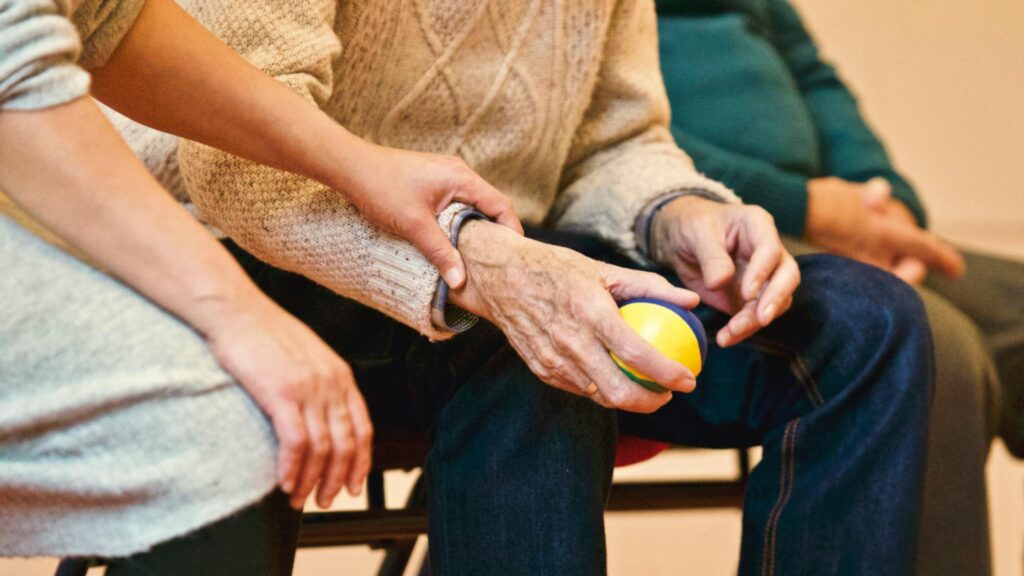Understanding Common Skin Disorders: A Detailed Guide
Skin disorders are a broad range of variations that primarily must relate to changes in the skin. They are among the leading causes of discomfort, often leaving one discomforted with an irritation that ranges from plain to lifelong chronic illness. The following is an overview of some common skin disorders, along with their symptoms and treatment options.
Acne
Acne is the skin disorder that affects people in the face, neck, shoulder, chest, and upper back. It often appears in the form of blackheads, whiteheads, pimples, and, in severe cases, cysts. Acne can be painful and unsightly and may leave scars when it heals without proper treatment. The more serious skin complications from acne will occur in darker skin types because this will lead to post-inflammatory hyperpigmentation—what this means is that even after the acne healing process, some dark spots remain.
Cold Sores
These are small, painful blisters that usually come up around the mouth and lips. They are caused by the herpes simplex virus and can be preceded by a tingling or burning sensation. In addition to the visible sores, most people will develop mild flu-like symptoms, such as a low fever or swollen lymph nodes. On darker skin, these sores can cause visible PIH once they heal.
Blisters
Blisters are fluid-filled sacs that develop on the skin as a result of several factors, ranging from friction or burns to other types of irritation. They may differ by size—from small vesicles to larger bullae—and may be situated anywhere on the body. It is essential for them to be treated appropriately in order to prevent infection and aid the healing process.
Hives
Hives are itchy, raised welts on the skin, often resulting from some form of allergic reaction. They may include hives of various shapes and sizes, mostly red patches in lighter skin or darker patches in brown and black skin. Hives are really uncomfortable and at times treated with antihistamines or other forms of treatment to reduce the discomfort.
Actinic Keratoses
Actinic keratoses are small, thick, scaly spots that occur on sun-damaged skin surfaces, typically involving the face, hands, and neck. The patches are usually pink but may also be brown or gray. It is very important that actinic keratosis be treated early, for if left untreated, it will develop into cancer.
Rosacea:
Rosacea is a chronic skin disorder that includes redness, flushing, and, often, pimple-like bumps. Some of the main triggers include spicy foods, wine, and sun exposure. In patients with darker skin types, rosacea may appear as brown spots or dry patches, which are more resistant to therapy.
Carbuncles
These are painful clusters of boils forming under the skin and are most often accompanied by fever and fatigue. They may become inflamed and ooze pus. They will appear more violet on darker skin. Immediate treatment is necessary for the management of pain and prevention from further infection.
Latex Allergy
Nika: Latex allergy causes rash, hives, and severe reactions of swelling and shortness of breath after exposure to latex products. This is a case needing urgent medical attention since its symptoms can quickly increase and turn life-threatening.
Eczema
Atopic dermatitis, or eczema, causes irritated, itchy skin. These areas appear red on lighter skin and can appear as brown, purple, or gray on an individual with darker skin. Eczema is caused by environmental factors and can cause great discomfort if the condition is not controlled properly.
Psoriasis
Psoriasis is a chronic condition characterized by the presence of scaly, silvery patches on the skin. These typically appear on the scalp, elbows, knees and lower back. In darker skin types, it may look like dark brown or purplish patches. Treatment is directed at decreasing inflammation and scaling.
Cellulitis
Cellulitis is an infection caused by bacteria, resulting in skin that is red and swollen and may feel warm and tender to the touch. It spreads very quickly without proper treatment, and complications may develop. This redness may not be as apparent on darker skin, so it is essential to seek medical attention if the symptoms appear.
Measles
Measles is a contagious illness with fever, cough, and a characteristic reddish, spreading rash that usually starts on the face and proceeds down the body. In dark-skinned individuals, the rash may be dimly visible; the disease also commonly causes postinflammatory hyperpigmentation.
Basal Cell Carcinoma
Characterized by a pink, shiny bump, basal cell carcinoma is a variety of skin cancer that may also have a crater-like center. It might seem more like a firm, pale area on darker skin. It requires early detection and treatment for proper management.
Squamous Cell Carcinoma
Squamous cell carcinoma generally develops in parts of the skin that are frequently exposed to the sun. It initially appears as a patch or bump, scaly and pinkish in color, which may feel raised and eventually bleed. On darker skin, it is lighter and should be treated promptly to prevent progression.
Melanoma
It is a serious form of skin cancer that may appear as a misshapen mole with many colors. It occurs in areas less sun exposed on the body in people who have darker skin. Melanoma requires urgent attention as it grows very fast.
Lupus
Lupus is an autoimmune acne that takes the form of a butterfly-shaped rash across the cheeks and bridge of the nose. Other forms of lupus appear as scaly patches or ring-shaped lesions. Lupus causes increased PIH and scarring in darker skin types.
Contact Dermatitis
Contact dermatitis is a reaction to an irritant or allergen that results in a rash with definite borders. It appears red if it is on lighter skin and darker on brown and black skin. It is treated by avoiding contact with the irritant.
Vitiligo
Vitiligo is a disease in which the skin loses pigmentation in spots, thereby turning those areas white. Since the loss of color is more prominent in dark-skinned people, so are the signs of the disease. Vitiligo can be very emotionally distressing, and treatments may involve only attempts at symptom management or improving skin appearance.
Warts
They can grow almost anywhere on the body and are contagious. Warts may need to be treated with topical remedies or other medical procedures that aim to remove them.


